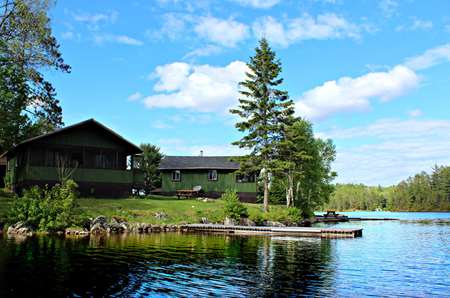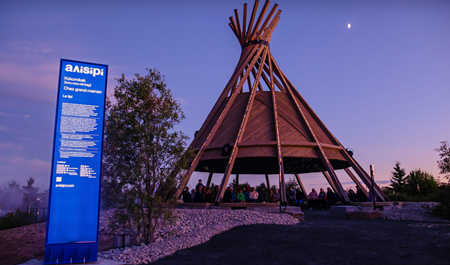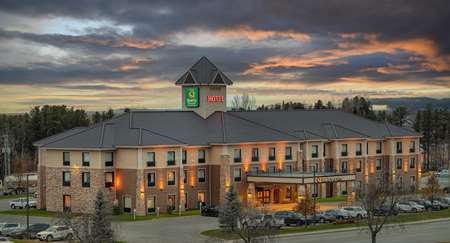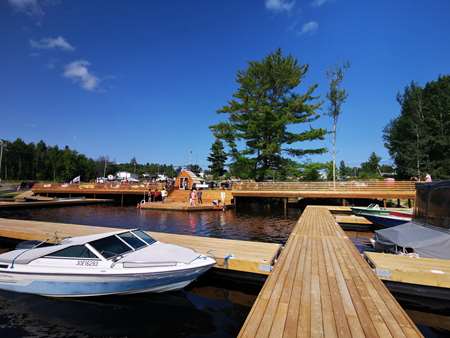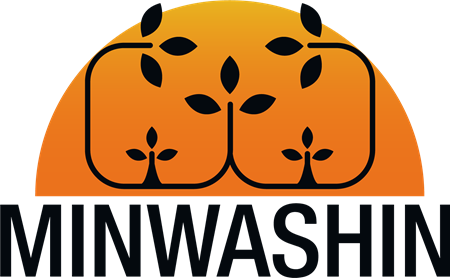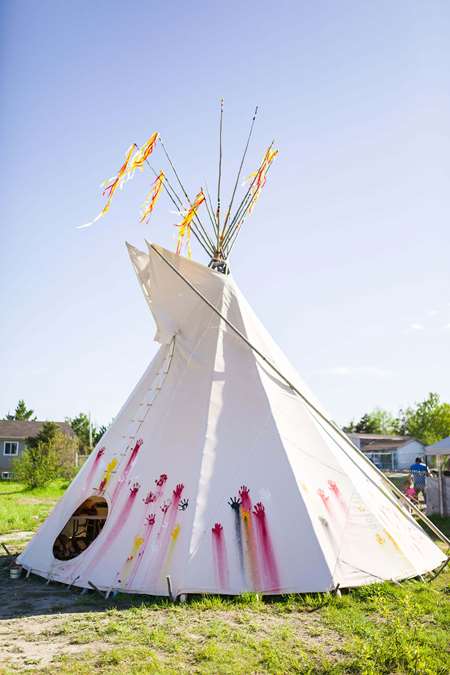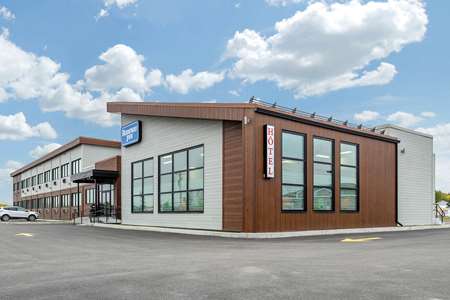
The call of the West
The Abitibi-Témiscamingue and Outaouais territory, teeming with wild forests and lakes, covers close to 100 000 km2. Although western Quebec is known for its wood-runners and gold miners, one must remember that it has been home to the Anishinabeg Nation for more than 8,000 years.
The Algonquin live in nine communities throughout Quebec. Whether close to cities or in remote locations, the Anishinabeg, which means first people, have maintained strong ties to their traditional way of life, culture and language. In fact, the first French explorers used Algonquin words to name the topographical features of the territory. For example, Quebec comes from the Algonquin word kébec which means the place where the river narrows. The word Abitibi means where the waters divide and refers to the watershed divide that runs through the region. Témiscamingue means place of deep waters.
To discover
Communities
Eagle Village-Kipawa
Enclaved within the municipality of Kipawa, 40 km north of Timiskaming, is the Algonquin community of Kebaowek, also known as Eagle Village. In 2016, the population tallied 274.
Kitigan Zibi
Previously called Maniwaki, Kitigan Zibi tallies 1,200 residents, making it the biggest Algonquin community in Canada. Kitigan means desert and zibi means river, delineating the territory between rivers Aigle and Désert.
Lac-Rapide
Almost 600 people live in the Anishnabe Algonquin village of Rapid Lake, found on the wildlife reserve of La Vérendrye. It is also the place of assembly for the Algonquins of Barriere Lake.
Lac-Simon
Officially established and recognized in 1962, the Algonquin Anishnabe community of Lac Simon is located approximately 32 kilometers from Val-d´Or in Abitibi. This young community tallies 2,100 inhabitants.
Pikogan
On the west bank of the Harricana River, only 3 km from Amos, you’ll find Pikogan—a young and thriving Algonquin Anishnabe community, also known as the Abitibiwinni First Nation. The population, who is mostly under the age of 18, speaks English, French and also Algonquin, the traditional language.
Timiskaming
This Algonquin Anishnabe community is located at the head of lake Timiskaming, near the Ontario border. Saugeen Anishinabeg means people of the river in Algonquin, referring to the geographical location of the community.
Long Point
On the south bank of the Winneway River, near Lake Simard, the Anishinabeg community of Long Point still adheres to a traditional way of life. They are deeply committed to the preservation of wildlife and natural resources. This community is mainly English-speaking.
Wolf Lake
Wolf Lake is an Algonquin Anishnabe community that is mainly English-speaking. Most of the 200 inhabitants live outside the community in neighbouring villages.
Kitcisakik
With only 300 people still living there, the Anicinapek community of Kitcisakik is located on the shores of Great Lake Victoria. Kitci means large, sakik means at the mouth, so Kitcisakik means by the large river mouth.


